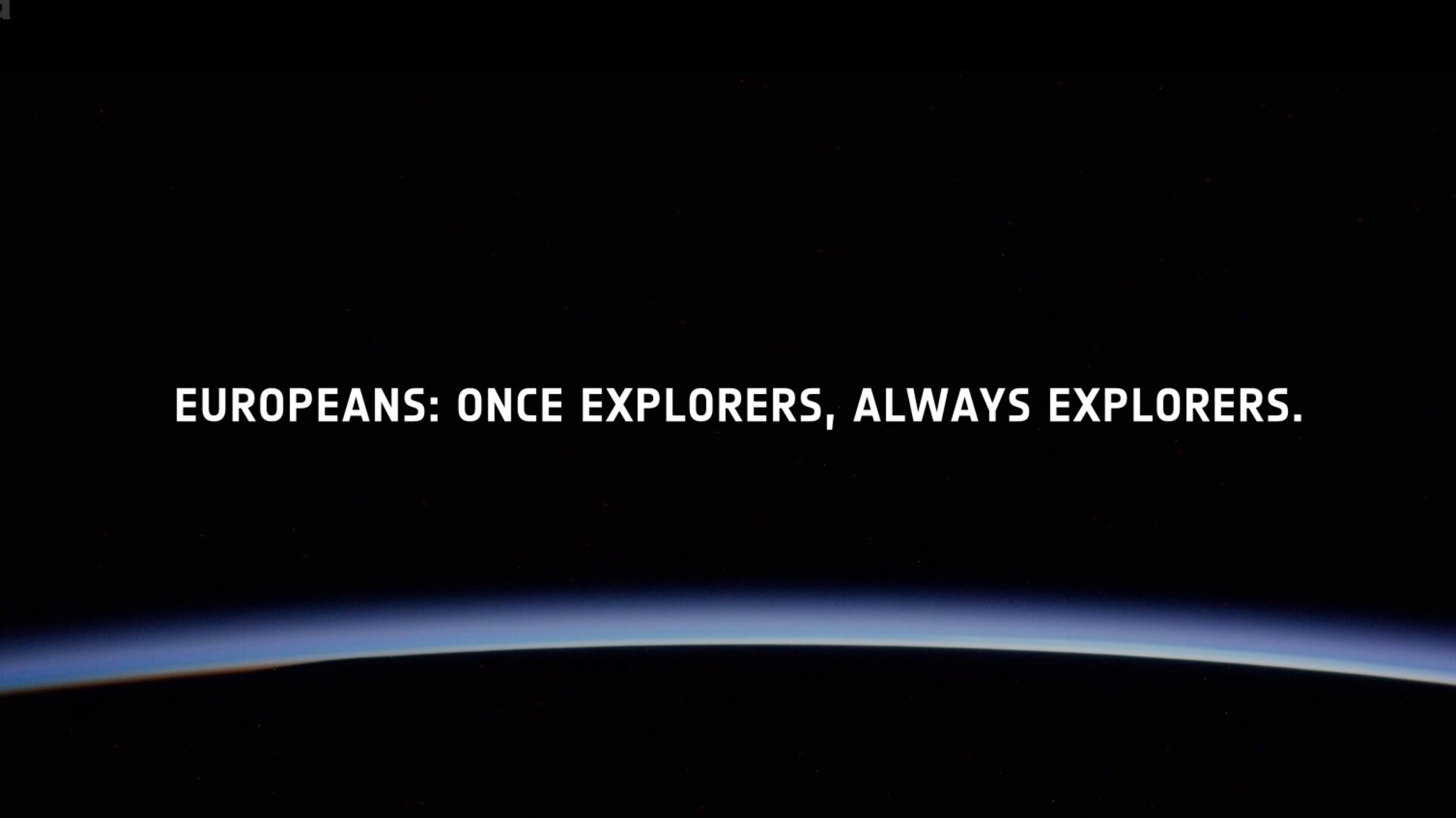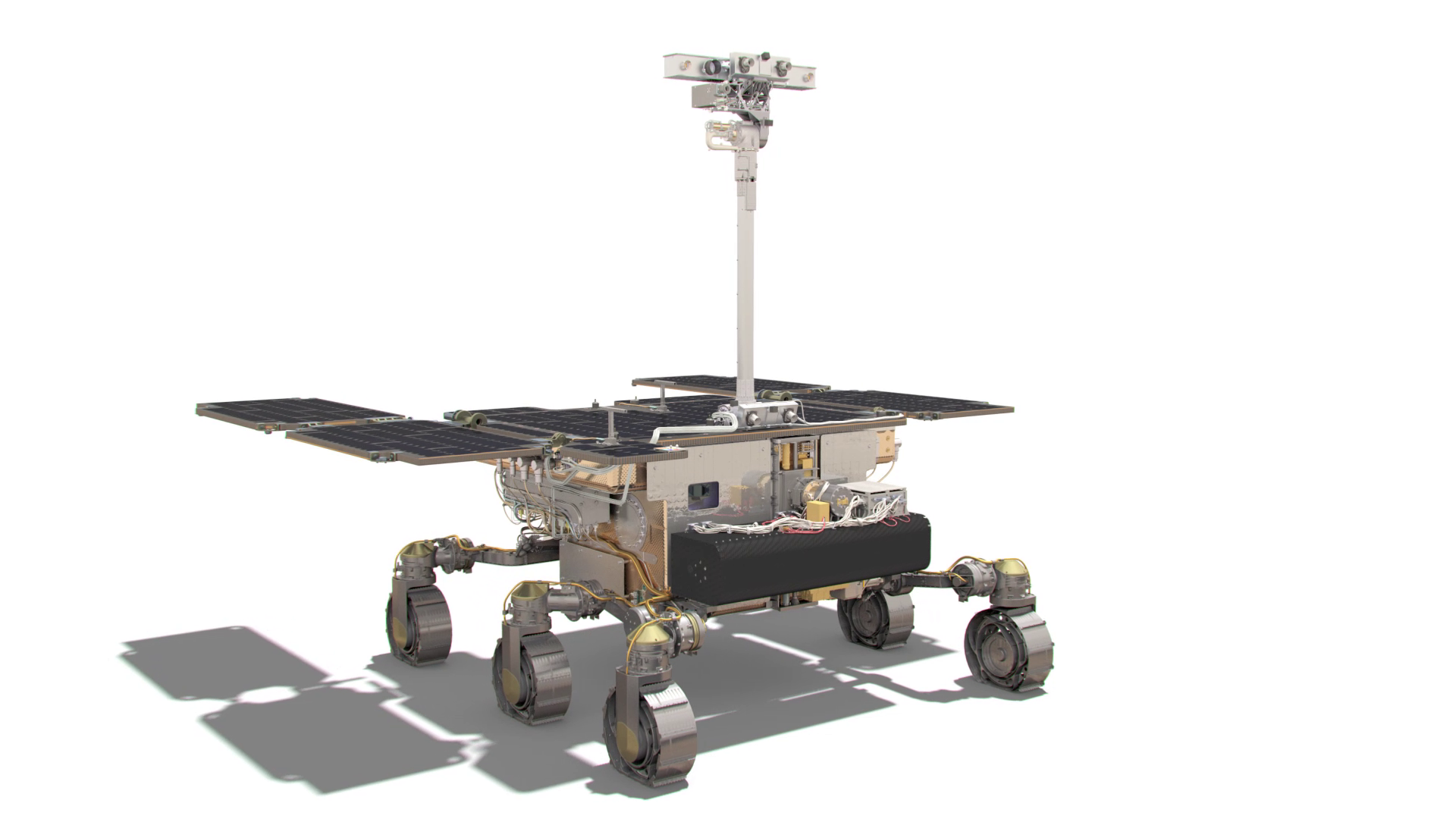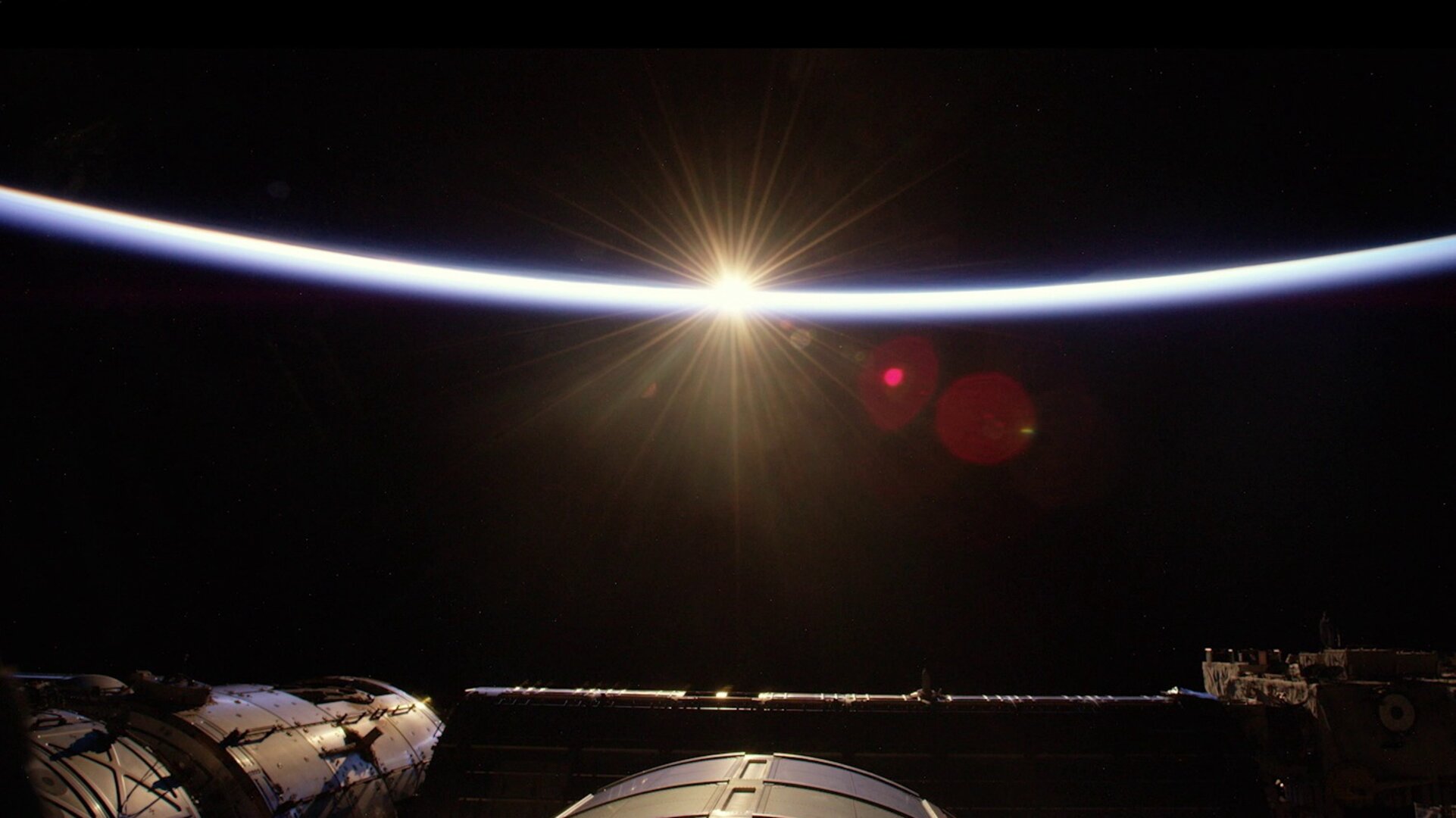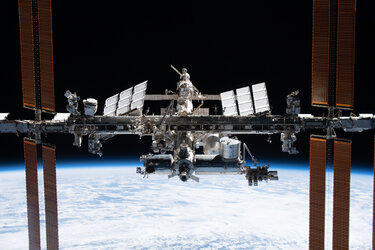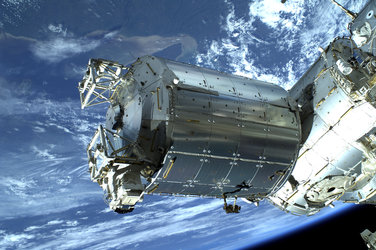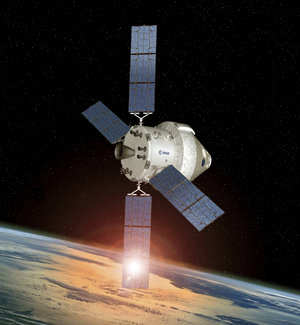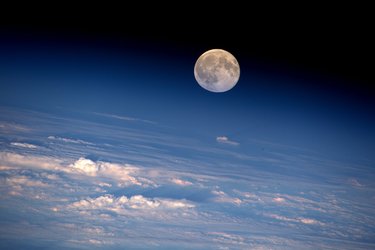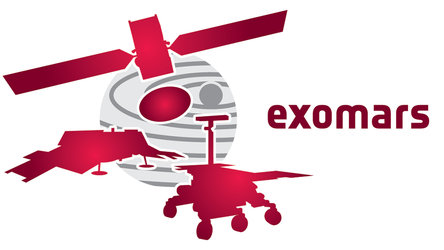A new European vision for space exploration
ESA’s ambitious plans for the next decade of space exploration will take us from the Space Station to the Moon, a deep-space gateway and a Mars landing. The vision includes business opportunities for the private sector.
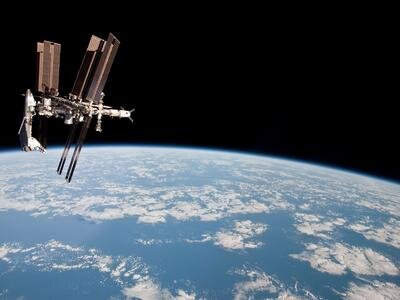
“Exploration is a combination of curiosity and opportunity,” says David Parker, head of human spaceflight and robotic exploration, “visiting new places and coming back with new experiences and knowledge to help us here on Earth.”
Our strategy includes three destinations where humans will work with robots to gather new knowledge: low-Earth orbit on the International Space Station, the Moon and Mars.
The Space Station continues to offer out-of-this-world facilities for science in weightlessness and ESA has committed to support it to the end of its life in 2024.
The Agency is now offering opportunities to run experiments in the laboratory using commercial partnerships that offer quicker and cheaper access to space.
Reaching beyond Earth orbit

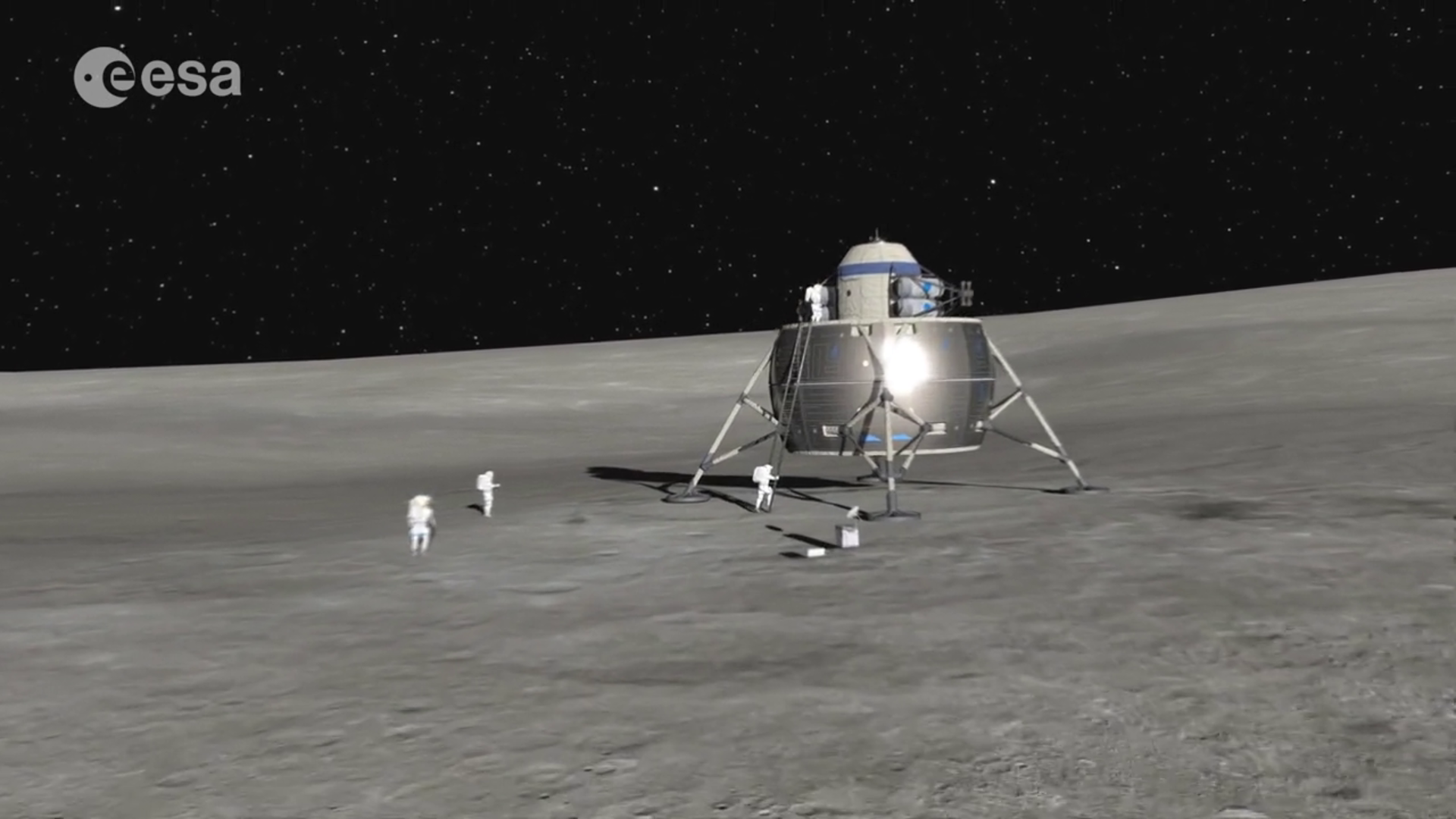
Access the video
While continuing to exploit operations in low orbit beyond the Station’s lifetime, Europe is setting its sights on the Moon, preparing for a robotic landing in partnership with Russia as early as 2022 that will look for water ice that scientists believe may be present in the dark polar regions. Such a discovery could open the door to future explorers exploiting resources on the surface – living off the land.
The Moon is our closest neighbour and a natural target for setting up a research base as we prepare to go deeper into the Solar System.
As a treasure trove of Solar System history, it has great scientific potential such as constructing a radio telescope on the far side, protected from the constant emissions from Earth.
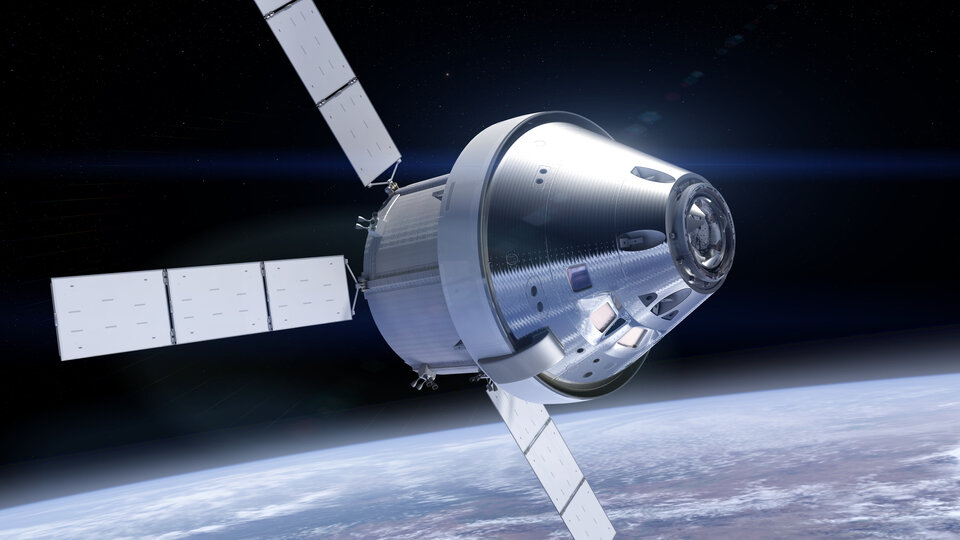
Concrete steps are already being taken towards this vision. NASA’s new Orion vehicle, with a European service module at its core, will build bridges to Moon and Mars by sending humans further into space than ever before. It will also help to build a deep-space gateway located in lunar orbit, the most distant human outpost where we will learn how to live and work a thousand-times farther out in space than on the International Space Station.
On to Mars
Supported by the ExoMars orbiter already in orbit, the next decade will see the ExoMars rover scouting and drilling the surface of the Red Planet to search for signs of past or present life. It will be the first mission to combine a moving rover with the ability to study Mars – literally – at depth, using its ground-penetrating radar and 2 m-long drill.
Looking beyond, ESA is already working on the technologies needed to accomplish the first round-trip mission to Mars and bring precious samples back to laboratories on Earth, one of the most ambitious exploration challenges so far planned.
This new age of exploration will be achieved not in competition, but through international cooperation. ESA is already working with partners globally to achieve its exciting vision of human and robotic exploration.


